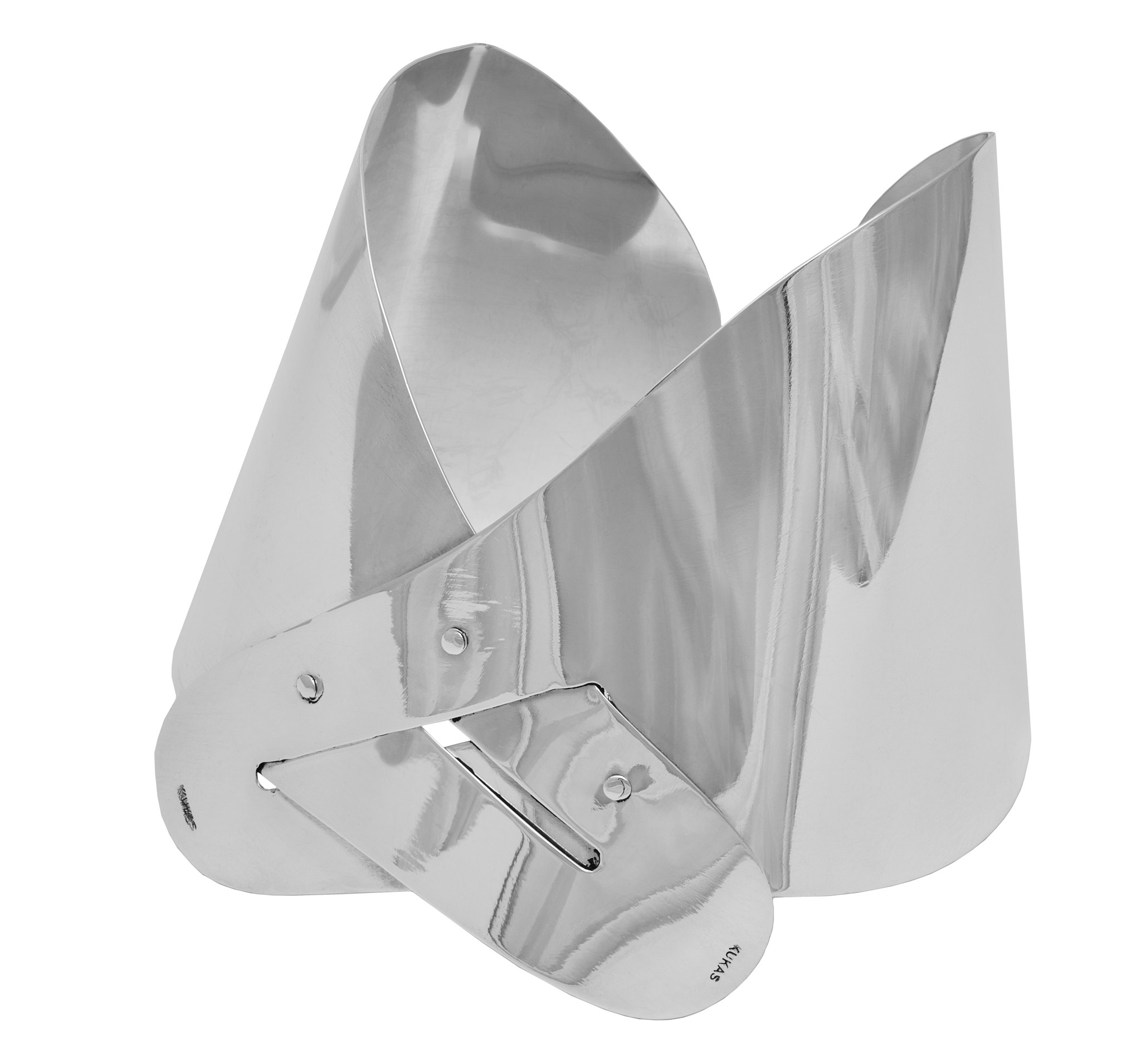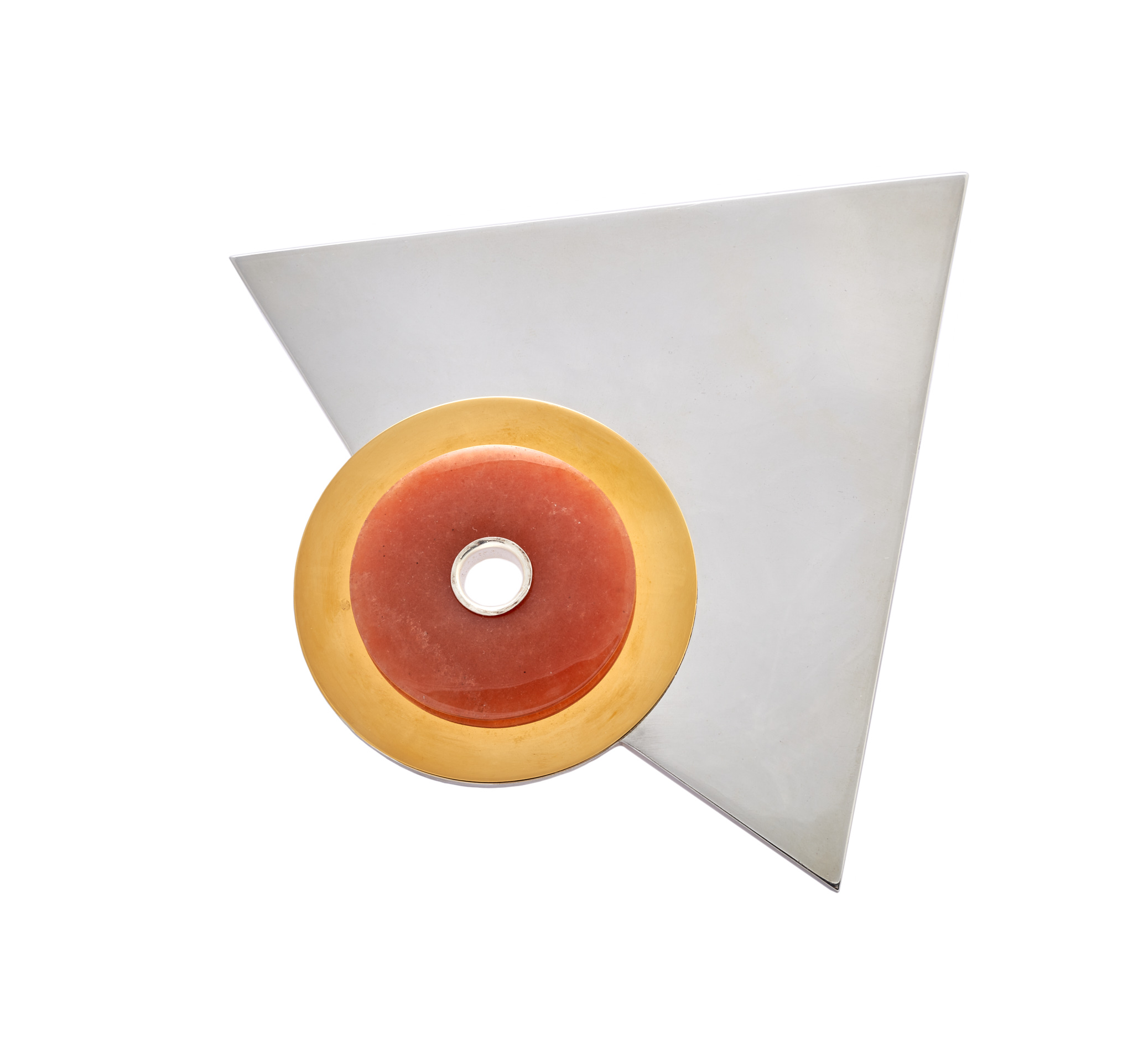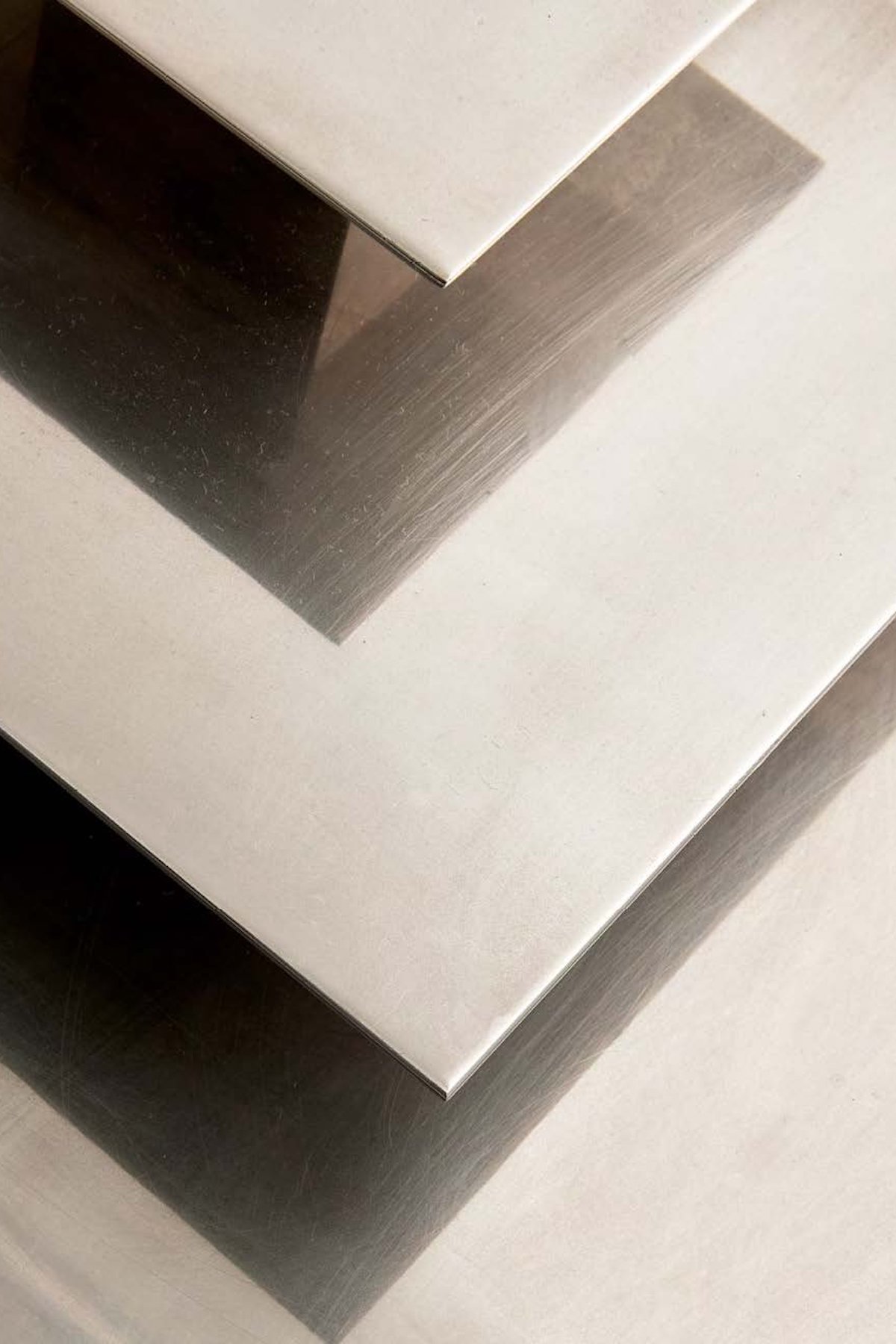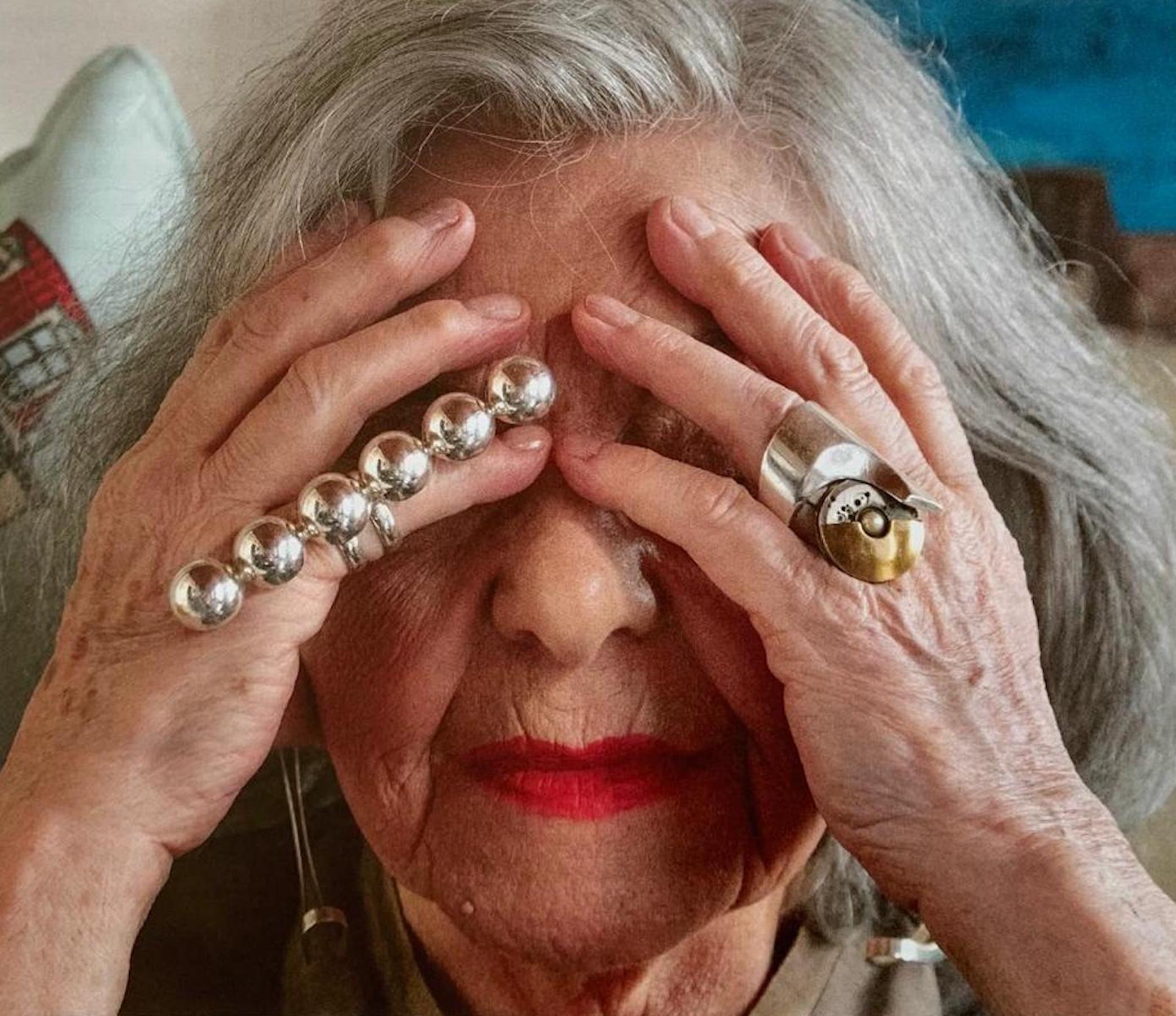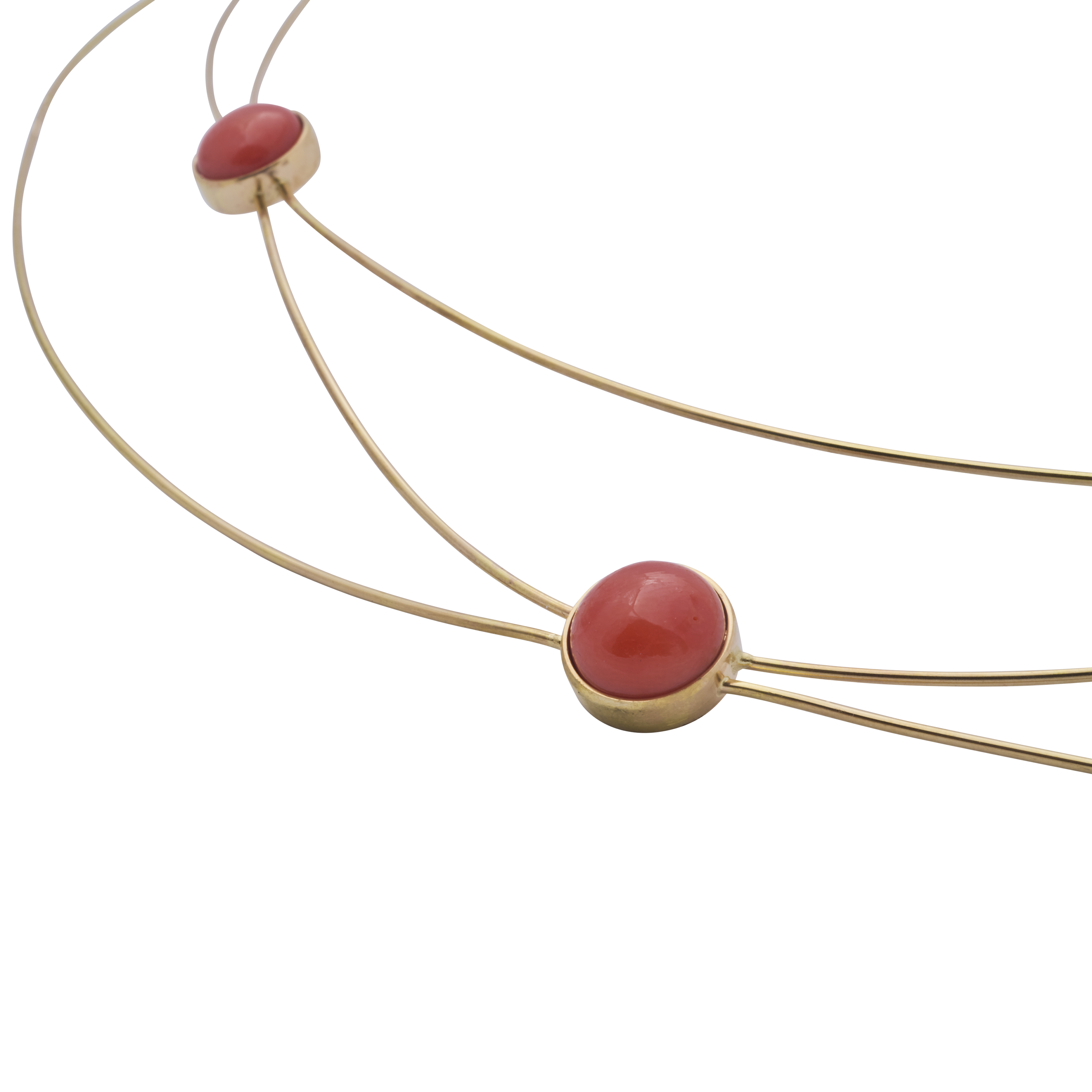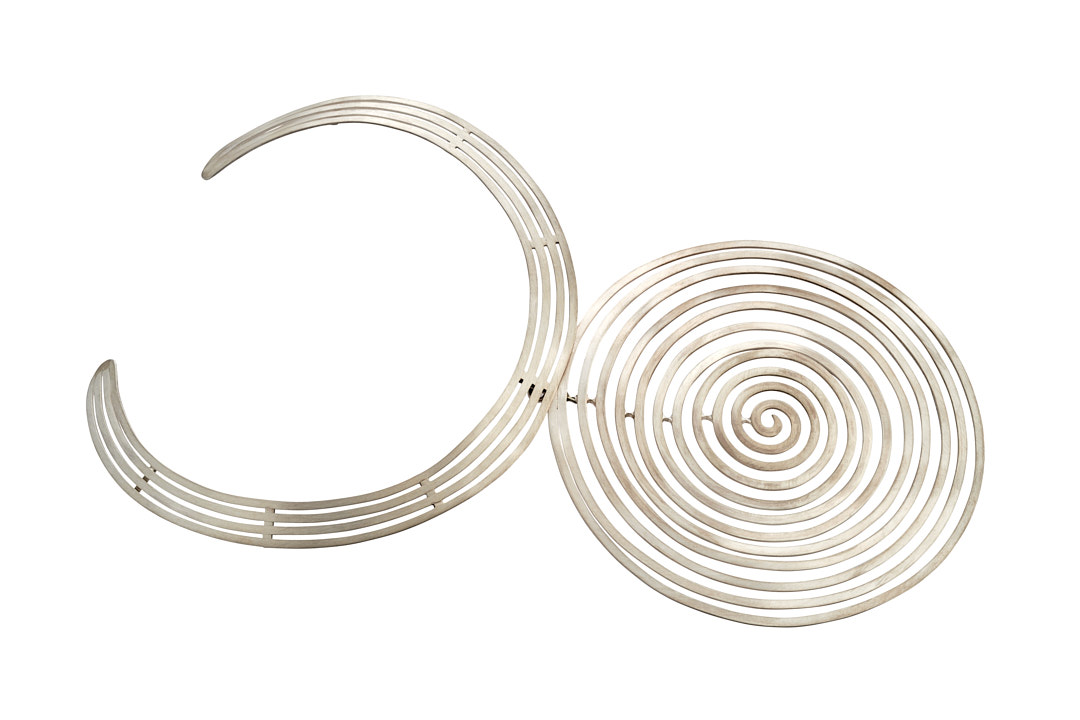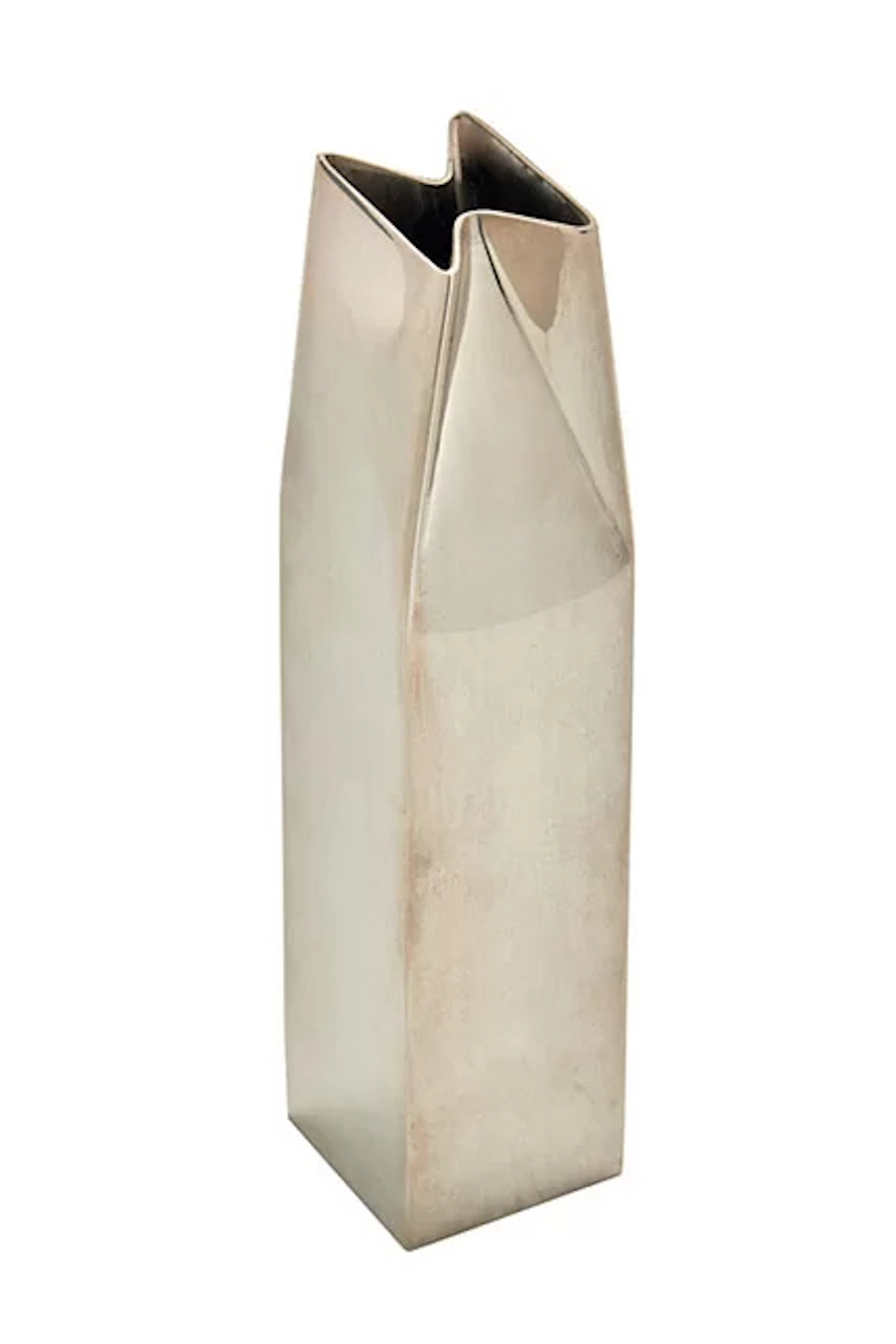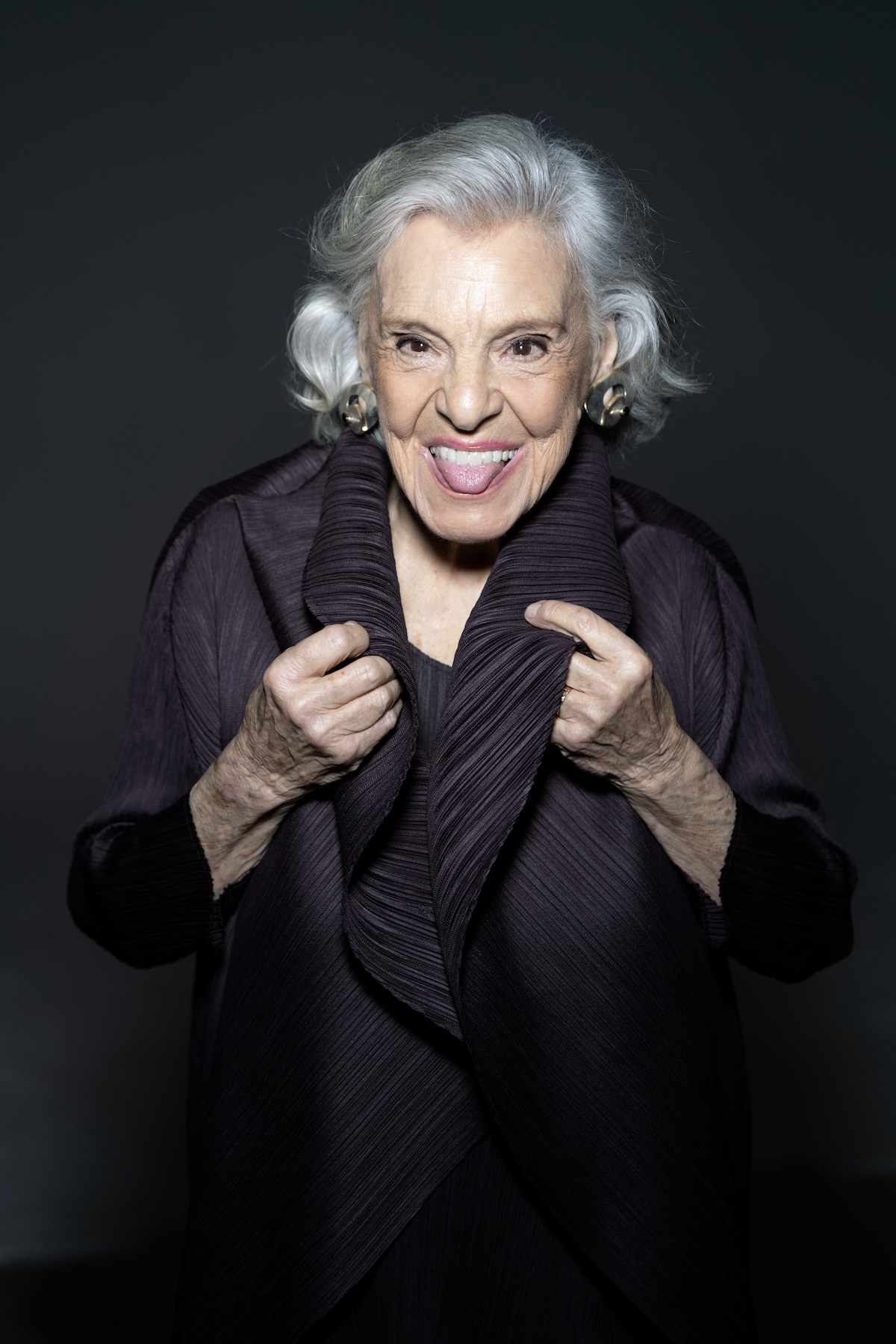JOIN the AFICIONADOS
Get the insider news and lowdown on what we've been up to, where we've been, and who we've met along the way. Be the first to discover new places and get the scoop on our favourites.
A bold shapeshifter in a rigid era, KUKAS emerged from the shadows of Salazar’s Portugal with the conviction that jewellery could be more than precious – it could be art, architecture, provocation. Portugal’s doyenne of contemporary object design, KUKAS has always been more interested in the geometry of emotion than in the glitter of tradition.
It was Paris, 1958. KUKAS – then a young creative searching for aesthetic truth – found herself magnetised by the simplicity and modernity of contemporary jewellery. A self-described instinctive observer, she recalls, “Since I became aware of the look, I got used to observing the shapes! It was an instinctive process that even today follows me.”
This intuitive relationship with form became the foundation of a lifelong practice; one that flits between art, architecture and utility with a grace that feels almost meditative. She wasn’t just designing jewellery – she was reprogramming the visual language of what it meant to wear meaning.
By the early 1960s, KUKAS had brought this quiet revolution back to Lisbon. In 1962, she set up her studio at home and began a decisive collaboration with master goldsmith António Jordão, the first to truly translate and realise her ideas in metal. Their work together, which lasted until 1974, was instrumental in shaping a new direction for Portuguese jewellery – one rooted in structure, material integrity and artistic authorship.
KUKAS was not only a visionary designer, but also a mentor. Throughout her career, she played an educational role in shaping the aesthetic awareness of the goldsmiths she worked with – helping to “educate the look”, as she puts it. Her studio became a space of visual training as much as creation, where concept and craft evolved side by side.
Her debut solo exhibition at Galeria Diário de Notícias in 1963 was nothing short of a provocation: bold, architectural pieces that introduced Portugal to the avant-garde of author jewellery.
Even as the tides of political revolution rose in the 1970s, KUKAS remained rooted in her process. She traded in mass attention for intimacy – one-to-one commissions, emotional heirlooms, pieces that whispered identity more than shouted status.
Her house on Castle Hill became a quiet mecca for collectors and aesthetes, all drawn to the poetic synthesis of geometry and soul. Each visit was part salon, part pilgrimage – a place where art was held, touched and worn.
Among her fiercest advocates is Filipa Fortunato, co-founder of Casa Fortunato – a Lisbon-based studio where interiors, art and architecture meet in thoughtful conversation. Filipa is not only a passionate collector of KUKAS’s work, but a dedicated custodian of her creative legacy. Over time, a personal relationship evolved into a cultural alliance, one built on respect, resonance and an eye for enduring form.
Casa Fortunato presents KUKAS’s pieces not as display items but as integral elements within its layered spaces – wearable sculptures, ritual objects and daily artefacts that carry both narrative and presence. Jewellery here aligns with architecture, not just in scale or surface, but in conceptual depth. In Filipa’s words,“We act as her ambassador, ensuring that her story continues long into the future – besides, we simply love her and her works.”
Filipa’s relationship with KUKAS is built not only on admiration but on shared creative instincts – a mutual love of structure, weight and material truth. Casa Fortunato doesn’t treat these pieces as relics or collectibles. Instead, they are placed into living, breathing environments – homes, studios and salons where the dialogue between design, art and function constantly unfolds. This is a meeting of minds across generations – one grounded in geometry, elevated by emotion.
A retrospective at MUDE in 2012 reaffirmed her status as Portugal’s quiet iconoclast. In 2023, Homenagem à Geometria at MNAC pushed the story further, showing how her work continues to flirt with the spatial interplay between painting, architecture and the human form.
For KUKAS, design has always been about dialogue – between maker and wearer, between object and space, between the quiet inner self and the public eye.
“I want my jewellery to be a form of transient art, to serve a human function, mediating between the person who wears it and the outside world in which they live.”
Now in her ninth decade, KUKAS remains in studio, continuing the same dance between precision and emotion that first moved her in Paris. These aren’t accessories. They’re talismans. Objects of intellect. Vessels of aesthetic rebellion.
This is jewellery as geometry, gesture and life - and through Casa Fortunato, that life continues to evolve.
